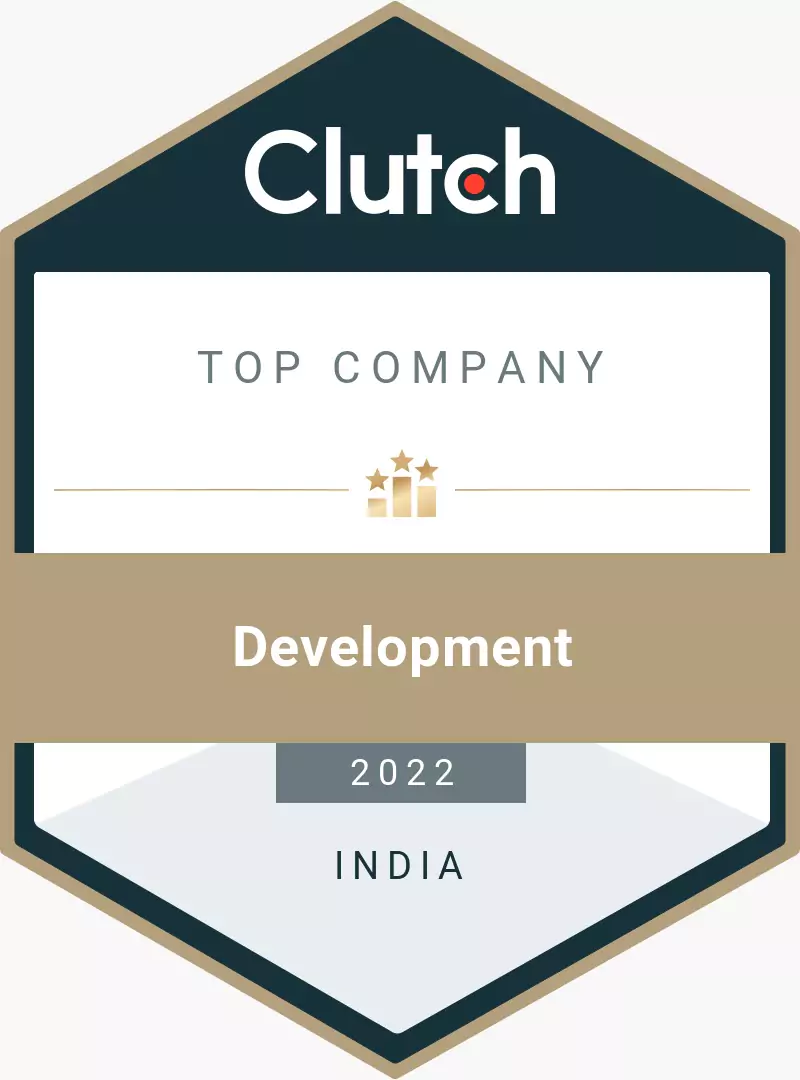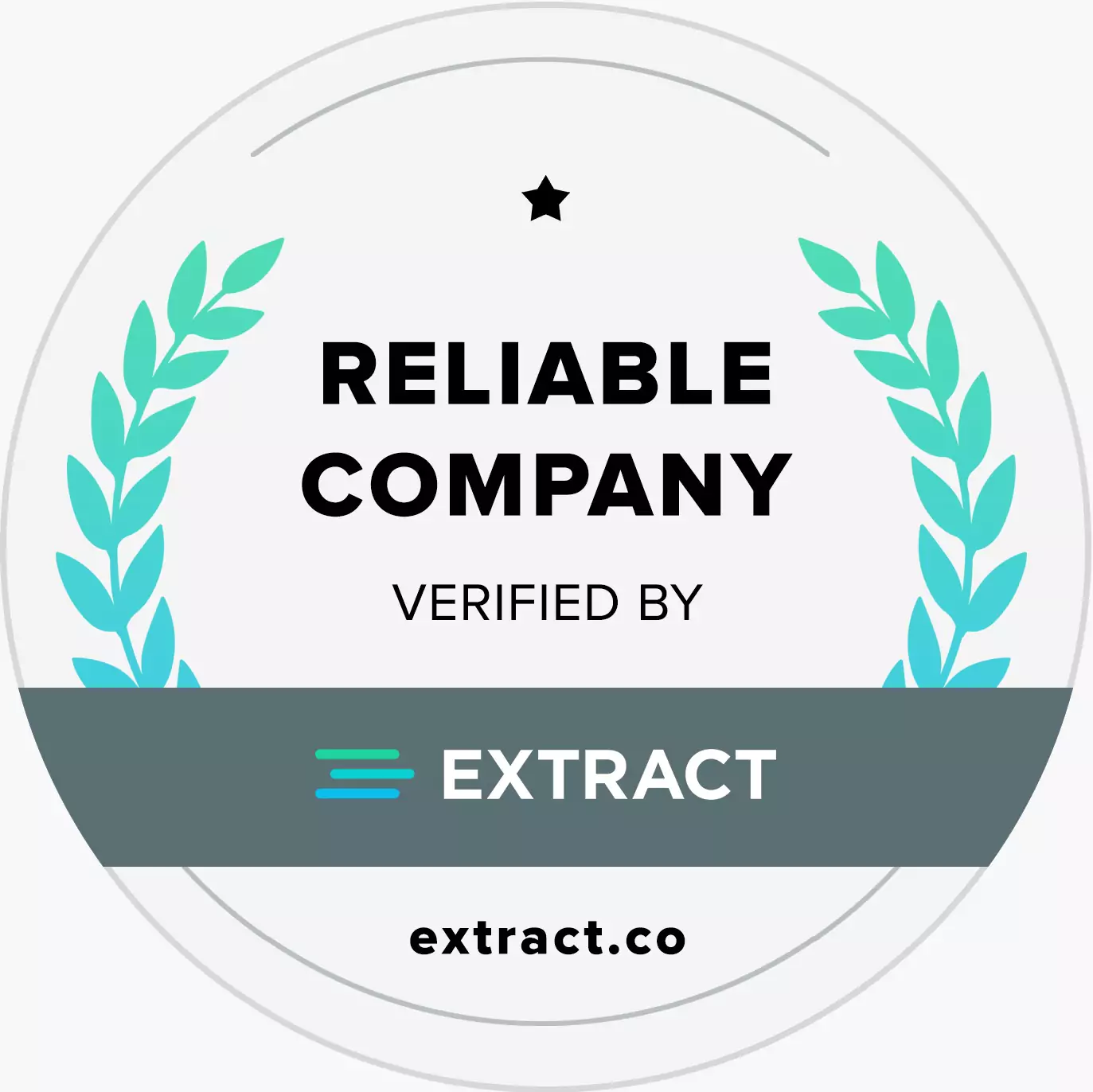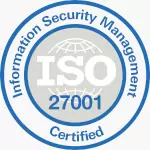Choosing the Right Technology Stack for Your B2B Web or Mobile App

In today's digital landscape, businesses are increasingly turning to technology to enhance operations, improve customer experience, and gain a competitive edge. One critical decision that can significantly impact the success of your B2B web or mobile app is the selection of the right technology stack. A B2B technology stack refers to the combination of programming languages, frameworks, libraries, and tools that developers use to build applications. This article explores the essential factors to consider when choosing a technology stack for your B2B app development, along with a breakdown of popular options.
Understanding Your Business Requirements

Before diving into the specifics of technology stacks, it's crucial to understand your business requirements. Take the time to define your project goals, target audience, and desired features. Consider the following:
- User Needs: Understand what your users expect from your application. Conduct surveys or interviews to gather insights on their preferences and pain points.
- Core Functionality: Identify the key functionalities your app needs to provide. For instance, will it require real-time data processing, integration with third-party API integration options, or robust data analytics?
- Scalability: Consider how your application may evolve in the future. Will you need to accommodate a growing user base or add new features down the line? Choosing a stack that supports scalable app solutions is essential for long-term success.
Evaluating Development Resources
Once you have a clear understanding of your business requirements, the next step is to evaluate your development resources. This includes your team's expertise, budget, and timeline. Here are key considerations:
- Skillset: Assess the technical skills of your development team. If your team is experienced in certain programming languages or frameworks, it may be more efficient to build the application using those backend frameworks.
- Budget: Determine your budget for development. Different technology stacks come with varying costs, including licensing fees for certain frameworks or tools.
- Timeline: Consider your project timeline. Some technologies may allow for quicker development, while others may require more time for implementation.
Key Factors to Consider When Choosing a Technology Stack
- Application Type: The nature of your application plays a significant role in determining the right stack. A web application may require different technologies than a mobile app. For instance, you might opt for a single-page application (SPA) framework like React for a web app, while using React Native for a mobile app.
- Performance: Performance is critical for any application. Evaluate the performance requirements of your app and choose technologies that can handle your expected load. For high-performance needs, consider using a language like Go or Rust, which are known for their efficiency. Performance optimization for B2B apps is key to maintaining user satisfaction.
- Security: B2B applications often deal with sensitive data, making security a top priority. Choose a technology stack that offers robust security features. For example, frameworks like Django and Ruby on Rails have built-in security measures that help protect against common vulnerabilities. Data security and compliance for B2B apps should be prioritized.
- Integration Capabilities: Your application will likely need to integrate with other systems, such as CRM or ERP software. Ensure that your chosen stack supports seamless integration with APIs and third-party services. Enterprise app integration is essential for operational efficiency.
- Community Support: A strong developer community can be a valuable resource for troubleshooting and getting support. Look for technologies with active communities, as they can provide helpful resources, libraries, and plugins.
- Future Trends: Stay informed about emerging technologies and trends in the industry. For instance, the rise of cloud computing has made it essential to consider cloud-based B2B mobile solutions like AWS or Azure for hosting your application.
Popular Technology Stacks for B2B Applications
Now that you understand the key factors to consider, let's explore some popular technology stacks commonly used for B2B web and mobile applications:
1.) LAMP Stack
The LAMP stack consists of Linux, Apache, MySQL, and PHP. This stack is known for its stability and scalability, making it a popular choice for B2B applications.
- Pros: Cost-effective, strong community support, and a wealth of available resources.
- Cons: May not be suitable for applications requiring high concurrency.
2.) MEAN Stack
The MEAN stack is a JavaScript-based stack that includes MongoDB, Express.js, Angular, and Node.js. This stack is well-suited for developing real-time applications.
- Pros: Full-stack JavaScript allows for faster development and a unified codebase.
- Cons: Requires a solid understanding of JavaScript for effective implementation.
3.) .NET Stack
The .NET stack is a framework developed by Microsoft that allows for building applications on Windows. It includes languages like C# and tools like ASP.NET.
- Pros: Excellent support for enterprise applications and seamless integration with Microsoft products.
- Cons: Licensing costs and may require Windows hosting.
4.) Django Stack
Django is a high-level Python web framework that emphasizes rapid development and clean design. It's a great choice for data-driven applications.
- Pros: Built-in security features, excellent performance, and a robust admin interface.
- Cons: Can be overkill for simple applications.
5.) Ruby on Rails
Ruby on Rails is a popular web application framework written in Ruby. It promotes convention over configuration and is known for its rapid development capabilities.
- Pros: Strong community support, excellent for prototyping, and built-in testing features.
- Cons: Performance may lag behind other languages for high-load applications.
Making the Final Decision
After considering all the factors and exploring the popular technology stacks, it's time to make your final decision. Involve your development team in the discussion to ensure they are comfortable with the chosen stack. Conducting a proof of concept or prototype can also help you assess whether the stack meets your requirements.
Conclusion
Choosing the right technology stack for your B2B web or mobile app is a critical decision that can influence your project's success. By understanding your business requirements, evaluating your development resources, and considering key factors such as agile development practices, you can make an informed choice. Remember that there is no one-size-fits-all solution; the right stack for your business will depend on your unique needs and goals. With careful planning and the right technology, you can create a robust application that drives your business forward.











